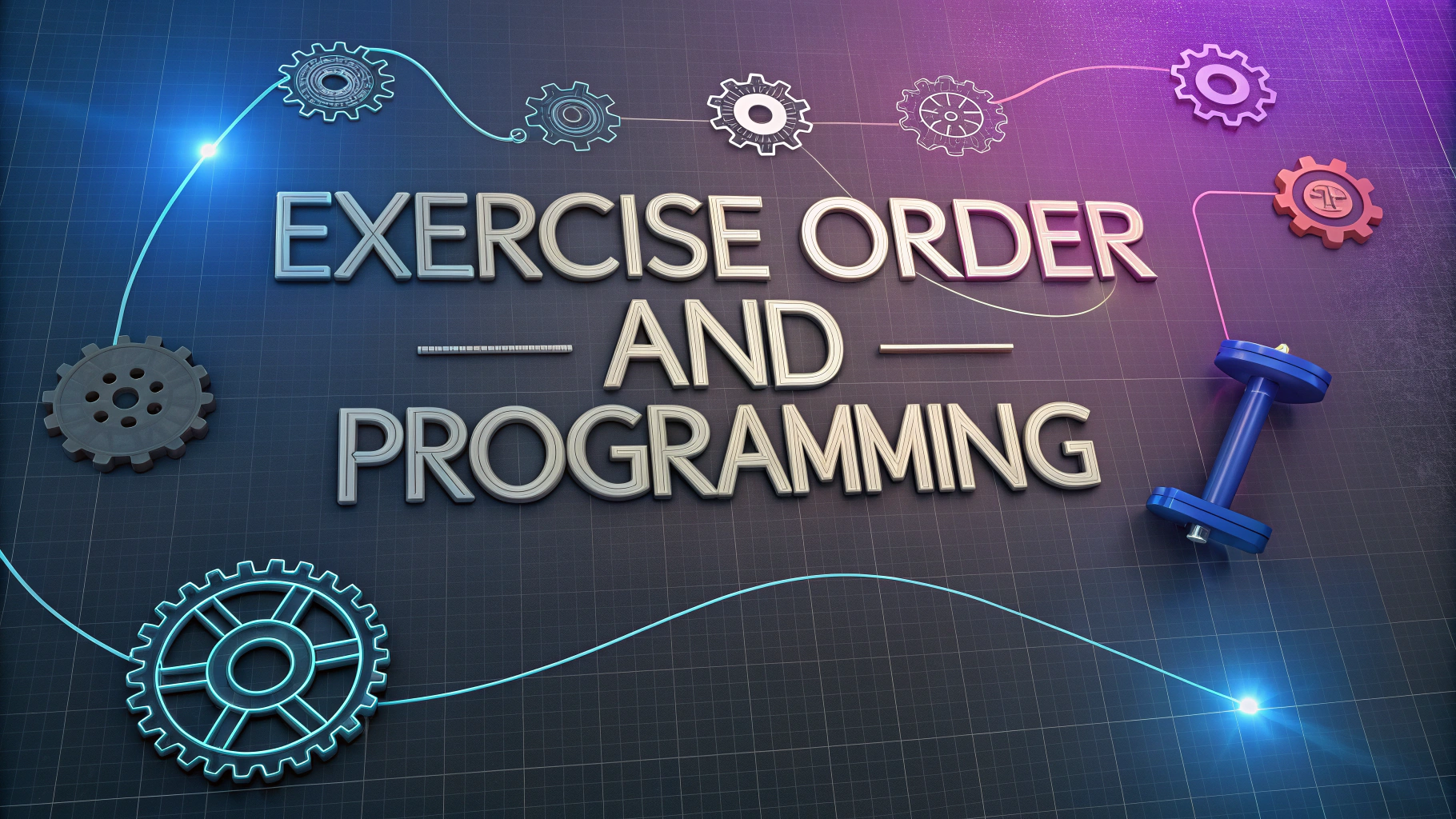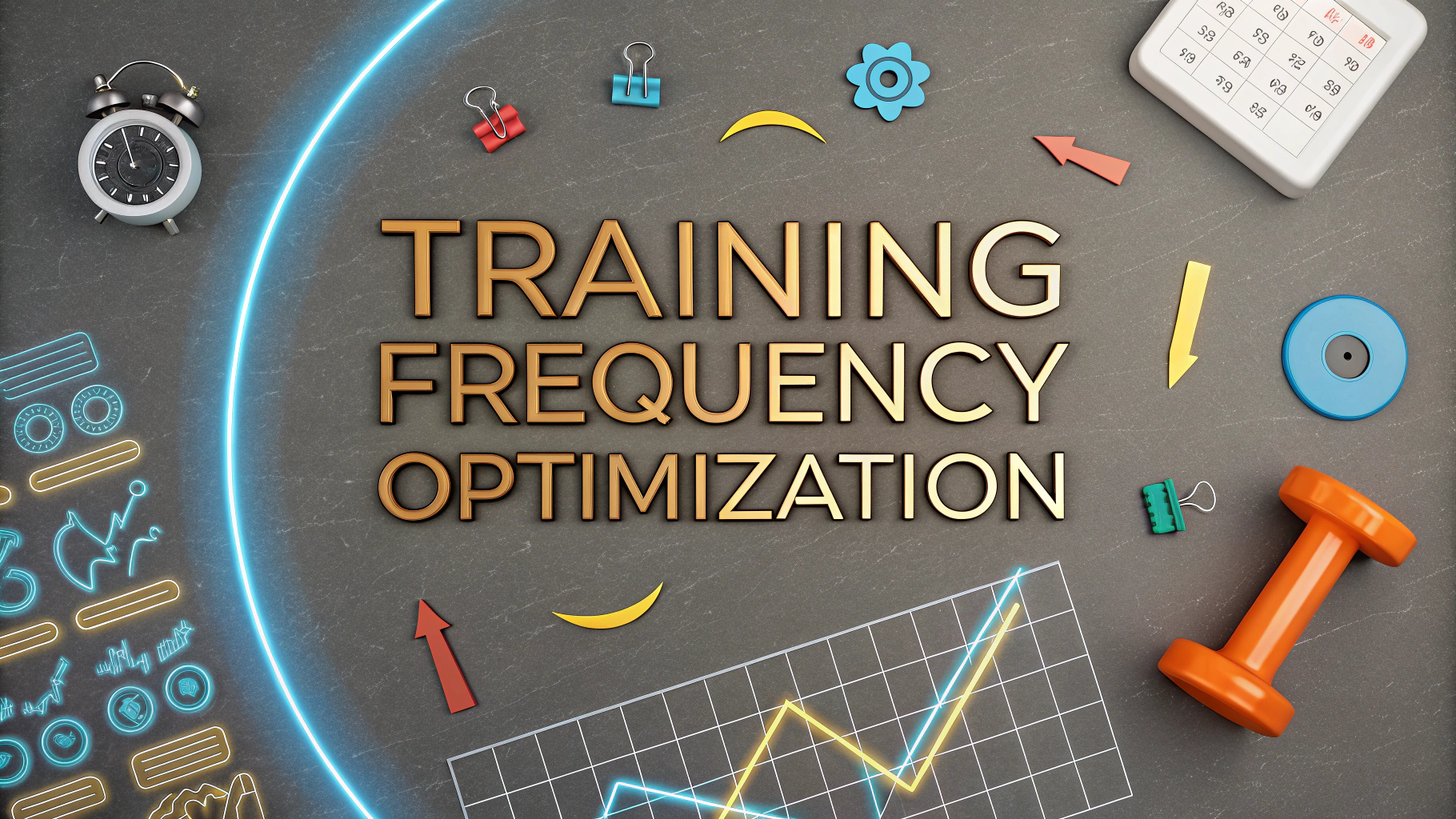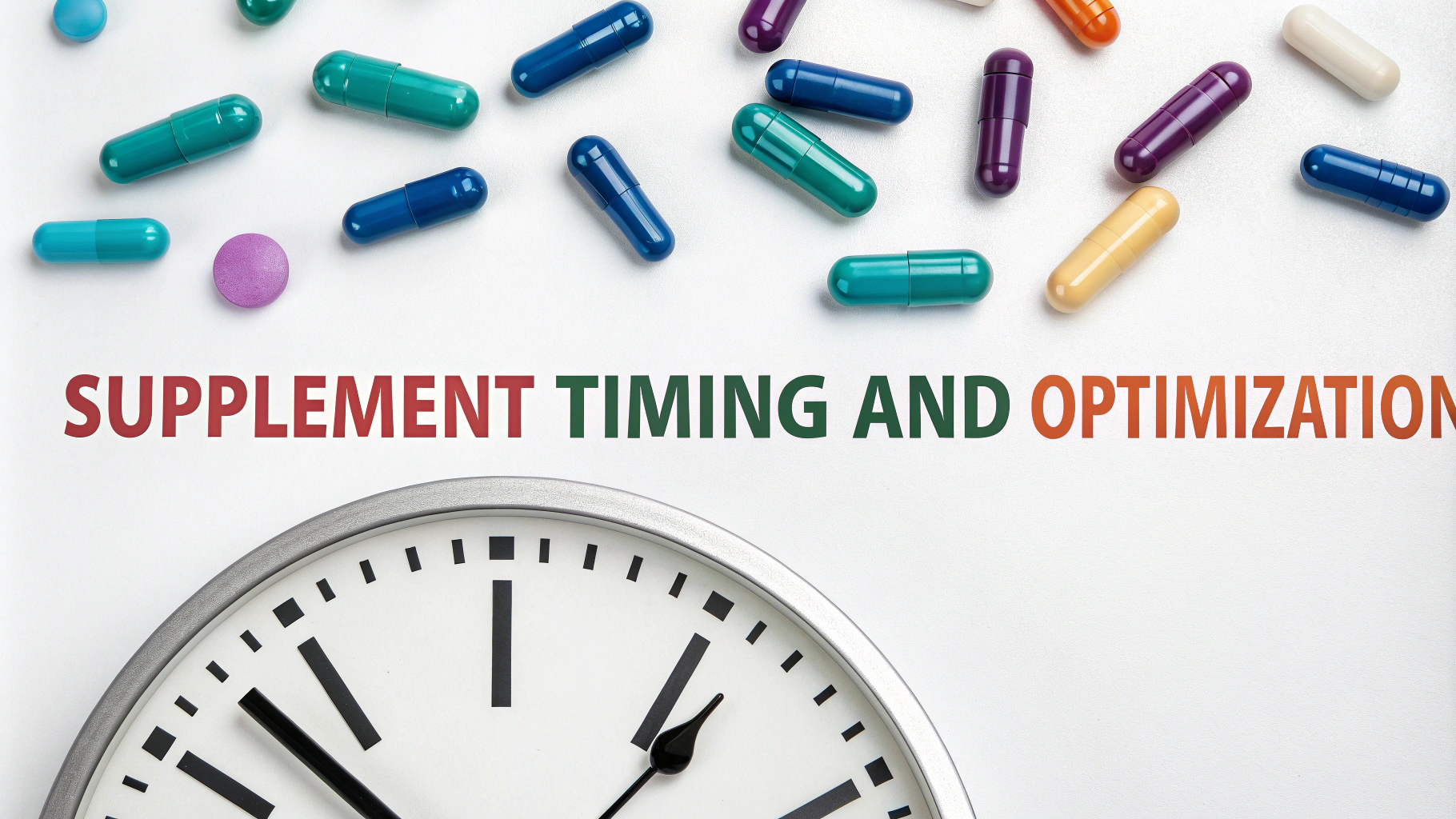A well-designed fitness tracking spreadsheet can transform how you monitor your health and exercise progress.
Essential Spreadsheet Templates
- Workout Log Template
- Track sets, reps, and weights
- Record cardio duration and intensity
- Monitor personal bests
- Nutrition Tracker
- Daily calorie intake
- Macro breakdown (protein, carbs, fats)
- Water consumption log
Free Download Options
Download ready-made templates from trusted sources:
- Vertex42 – Comprehensive fitness trackers
- Microsoft Office Templates – Exercise logs
- Google Sheets – Community templates
Customization Tips
Adjust these elements to match your fitness goals:
- Measurement units (kg/lbs, km/miles)
- Exercise categories
- Goal tracking sections
- Progress charts
Key Features to Include
| Feature | Purpose |
|---|---|
| Progress Charts | Visual representation of improvements |
| Goal Tracker | Set and monitor fitness targets |
| Body Measurements | Track physical changes |
Mobile Integration
Access your spreadsheets on-the-go with these apps:
- Microsoft Excel (iOS/Android)
- Google Sheets (iOS/Android)
- Numbers (iOS)
Data Analysis Tools
Use these spreadsheet functions to analyze your progress:
- =AVERAGE() for performance trends
- =MAX() for personal records
- =CHART() for visual progress tracking
Regular backups ensure you never lose your fitness data.
Support Resources
Get help with your fitness spreadsheets:
- Excel Support: Microsoft Excel Help
- Google Help: Google Sheets Support
- Reddit: r/fitness
Data Security
Protect your fitness tracking data with these essential practices:
- Enable cloud backup sync
- Use password protection
- Create regular local copies
- Share only with trusted partners
Advanced Tracking Features
Automated Calculations
- BMI calculator
- Body fat percentage
- Daily calorie requirements
- Exercise intensity zones
Performance Metrics
- Workout volume tracking
- Rest period monitoring
- Progressive overload calculations
- Recovery indicators
Sharing and Collaboration
Maximize accountability with these sharing options:
- Personal trainer access
- Workout buddy sharing
- Team progress tracking
- Community challenges
Conclusion
A well-maintained fitness tracking spreadsheet serves as a powerful tool for achieving health and fitness goals. Regular updates, proper organization, and consistent monitoring transform raw data into actionable insights. Whether tracking individual workouts or managing long-term progress, these templates and tools provide the foundation for successful fitness journey documentation.
Remember to:
- Update your logs consistently
- Review progress regularly
- Adjust goals as needed
- Back up your data frequently
FAQs
- What essential metrics should a fitness tracking spreadsheet include?
A comprehensive fitness tracking spreadsheet should include weight, body measurements, exercise types, sets, reps, calories burned, heart rate, sleep duration, water intake, and personal bests. - How often should I update my fitness tracking spreadsheet?
For optimal tracking, update workout data immediately after each session, weight weekly, and body measurements every 2-4 weeks. Nutrition tracking should be done daily for accuracy. - What’s the best way to track macronutrients in a spreadsheet?
Create separate columns for proteins, carbohydrates, and fats, with daily totals and percentages. Include a formula to automatically calculate your macro split and remaining daily allowances. - Can fitness tracking spreadsheets sync with wearable devices?
Yes, many fitness spreadsheet templates can import data from devices like Fitbit, Garmin, and Apple Watch through APIs or third-party apps like Google Fit or Apple Health. - How do I calculate my progress percentage in a fitness spreadsheet?
Use the formula: ((Current Value – Starting Value) / Starting Value) × 100. This works for weight, measurements, or performance metrics to show percentage changes. - What visualization tools are most effective in fitness spreadsheets?
Line graphs for weight and measurement trends, bar charts for workout volume progression, and pie charts for macro distribution are most effective for visual tracking. - How can I track multiple fitness goals in one spreadsheet?
Create separate sheets for different goals (strength, cardio, nutrition) with a dashboard sheet that pulls key metrics from each to show overall progress. - What’s the best way to track workout progression in a spreadsheet?
Include columns for exercise name, weight used, sets, reps, RPE (Rate of Perceived Exertion), and notes. Add formulas to calculate volume and progression over time. - How do I incorporate body measurements in my fitness tracking?
Track chest, waist, hips, arms, thighs, and calves measurements monthly. Include columns for the date and measurements, with automatic calculation of changes over time. - What formulas are essential for a fitness tracking spreadsheet?
Essential formulas include BMI calculation (weight/height²), calorie tracking (intake vs. burn), volume calculation (sets × reps × weight), and progress tracking (percentage change over time).






